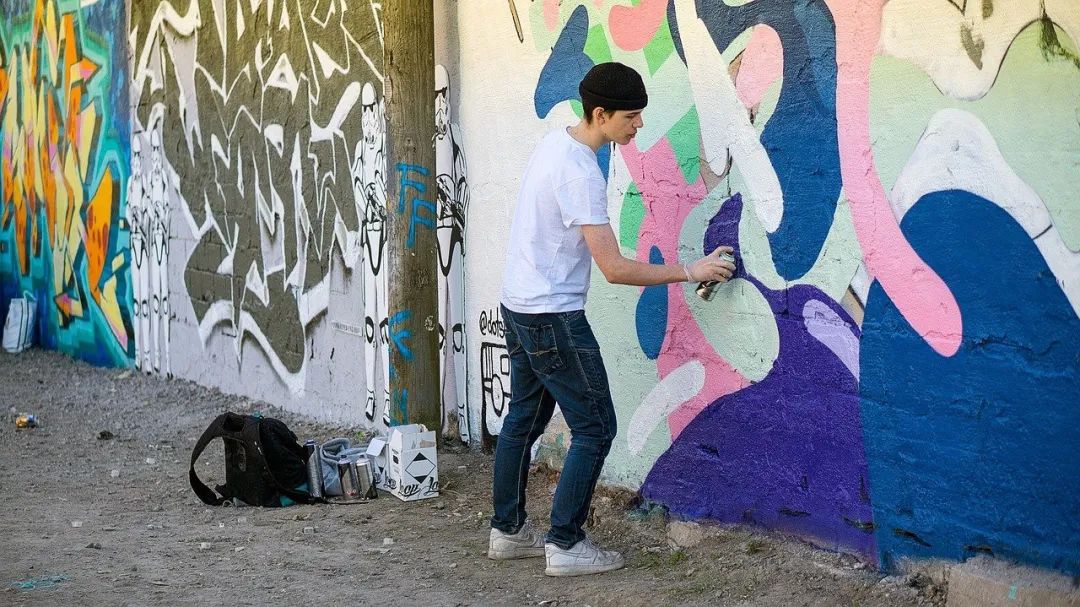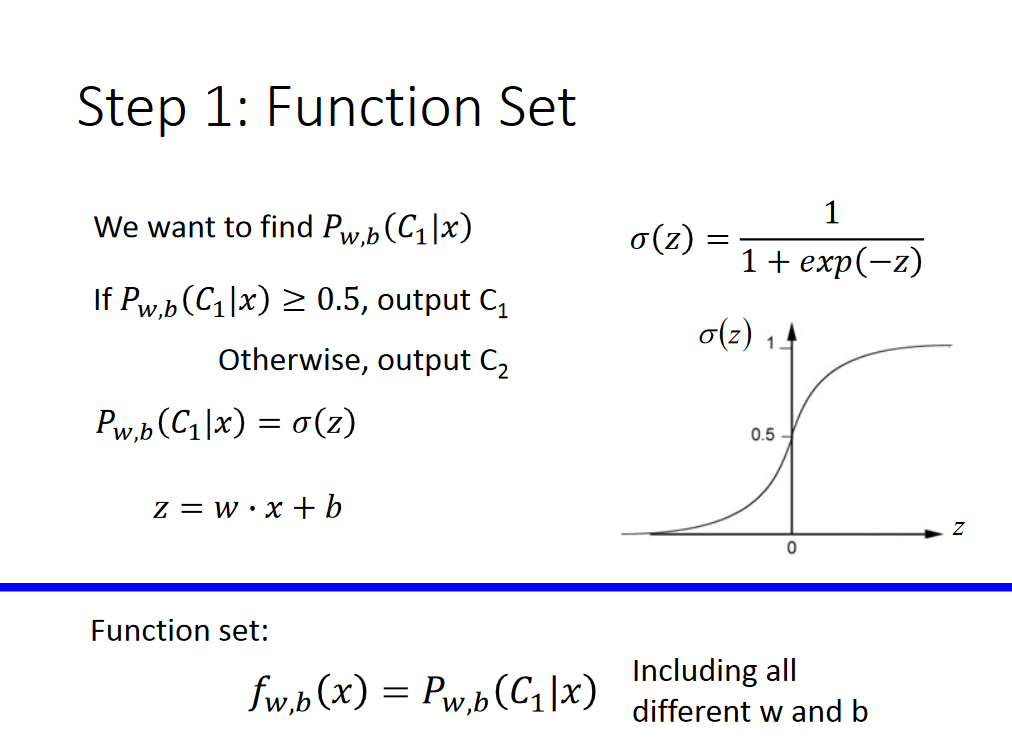I'm building a site using mongodb and django-nonrel. I've read in various places that for mongo, it's better to use straight pymongo than the django ORM. This jives with my experience as well -- django's ORM is awesome for relational databases, but for doesn't give you much that pymongo doesn't do already.
My problem is that I don't know how to set up the database tables (err... "collections") initially without using django's ORM. What do I need to do to cast off the shackles of models.py and syncdb, and just write the code myself?
Seems like somebody should have created a guide for this already, but I can't find one.
A little more detail:
Right now, I'm building models and running syncdb to configure the DB. So far, django's ORM magic has made it work. But I need to do some slightly fancier stuff, like indexing on sub-elements, so I don't think the ORM is going to work for me anymore.
On top of that, I don't use models (other than auth_users and sessions) anywhere else in the project. The real schemas are defined elsewhere in json. I don't want to maintain the model classes when and the json schemas at the same time -- it's just bad practice.
Finally, I have a "loadfixtures" management command that I use to flush, syncdb, and load fixtures. It seems like this would be a very good place for the new ORM-replacing code to live, I just don't know what that code should look like....




